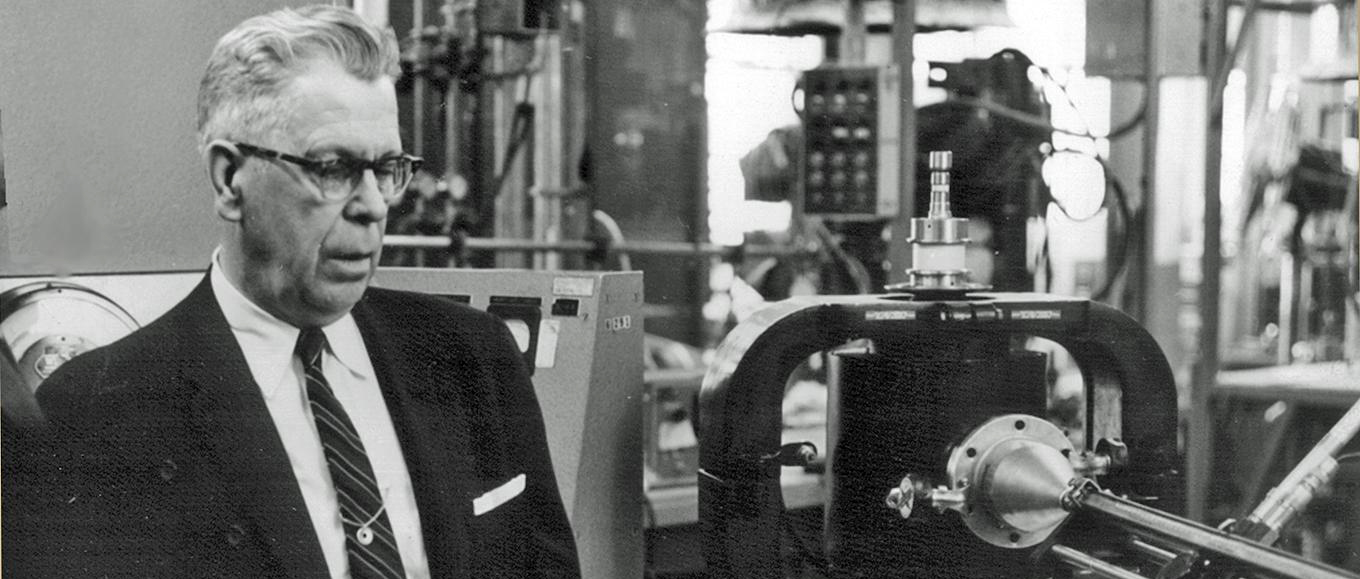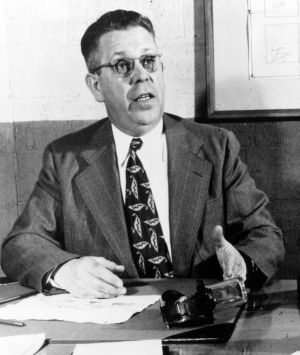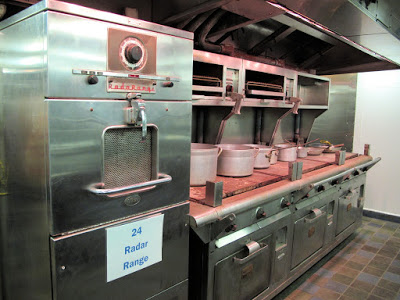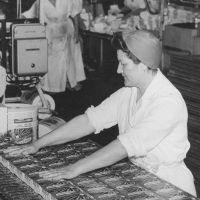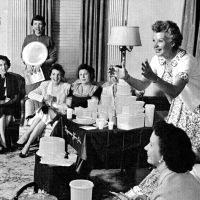Primary Source
“P. L. Spencer, pioneer at Raytheon, inventor,” Boston Globe, Sept 8, 1970.
Dr. Percy L. Spencer, 76, of 31 Agawam rd., Waban, inventor and retired senior vice president of Raytheon Company, died yesterday in Newton-Wellesley Hospital.
Dr. Spencer, the fifth employee in Raytheon, was a director emeritus of the company.
Following his formal retirement as a senior vice president in 1964, he continued to serve the company actively as a senior consultant. He joined Raytheon in 1925. He helped develop the first gaseous rectifier tube, which made the radio a plug-in appliance.
Dr. Spencer was a leading authority in the field of microwave energy and high frequency devices, and held patents for 120 inventions.
His inventions included the application of microwave energy to medical diathermy and the Radarange oven that cooks food electronically.
He headed Raytheon’s Microwave and Power Tube Division for 17 years. As a result of inventions made in the field of radar during this time Dr. Spencer was awarded the U. S. Navy’s Distinguished Service Medal.
Dr. Spencer also developed the special electronic tubes that made possible the proximity fuses introduced in World War II. For this he received the Navy’s Naval Ordnance Award.
He was awarded honorary degrees for the University of Massachusetts, Nassan College and the University of Maine. He was a fellow of the American Academy of Arts and Sciences and the Institute of Electrical and Electronics Engineers. . . .


